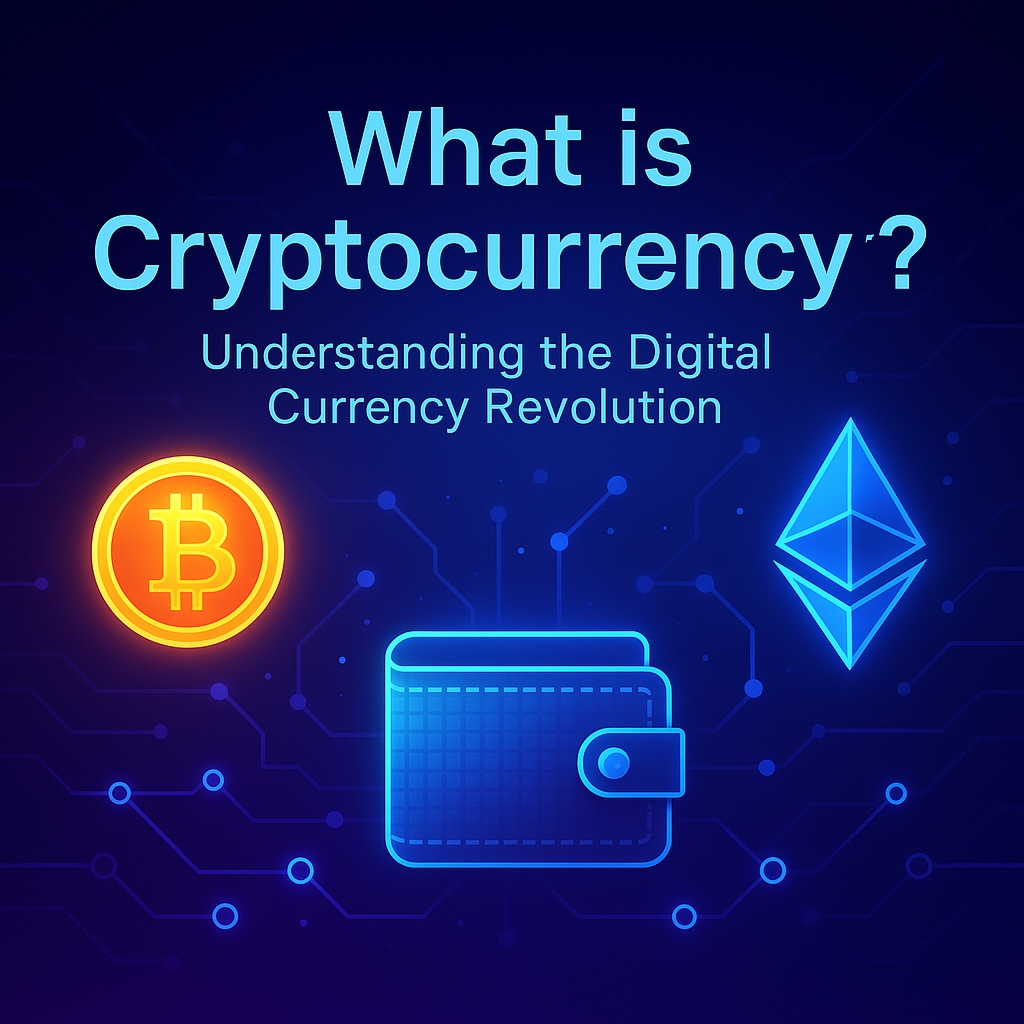Breaking News
Popular News




Enter your email address below and subscribe to our newsletter

As crypto becomes more interconnected, users need ways to move value across different blockchains. This is where wrapped tokens come in. But what exactly are wrapped tokens, and why do they matter in 2025?
At bit2050.com, we break down the 7 most important things every crypto investor needs to know about wrapped tokens — from how they work to where they’re used.
Wrapped tokens are tokenized representations of one blockchain’s asset on another network.
📦 Example:
Wrapped Bitcoin (WBTC) is BTC on the Ethereum network
Wrapped Ethereum (WETH) is a tokenized version of ETH used for ERC-20 compatibility
✅ They maintain a 1:1 peg with the original asset.
Blockchains like Bitcoin and Ethereum aren’t natively compatible. Wrapped tokens allow you to:
Use BTC on Ethereum DApps
Trade non-native assets on decentralized exchanges (DEXs)
Bridge value across ecosystems
✅ Wrapped tokens help create a unified, multi-chain economy.
To issue a wrapped token:
The original asset (e.g., BTC) is locked in custody
A smart contract or custodian mints the wrapped version (e.g., WBTC)
✅ This system ensures that wrapped tokens are fully backed and redeemable.
Here are a few widely-used wrapped tokens:
| Wrapped Token | Native Token | Host Chain |
|---|---|---|
| WBTC | BTC | Ethereum |
| WETH | ETH | Ethereum |
| renBTC | BTC | Ethereum |
| Wrapped AVAX | AVAX | Ethereum |
| wBNB | BNB | BNB Chain |
✅ These tokens increase liquidity and utility across blockchains.
You can:
Lend WBTC on Aave or Compound
Swap WETH on Uniswap
Stake wrapped assets in yield farms
✅ They allow non-native tokens to interact with DeFi protocols that support only specific standards (like ERC-20).
While useful, wrapped tokens come with risks:
Custodial risk: centralized issuers can freeze or mismanage funds
Smart contract bugs: vulnerabilities can be exploited
✅ Always use well-audited, reputable platforms for wrapped assets.
As more ecosystems (Solana, Arbitrum, Cosmos, etc.) rise:
Wrapped tokens will continue to bridge liquidity gaps
They enable seamless cross-chain trading, yield farming, and NFTs
✅ Expect greater interoperability thanks to bridges like LayerZero, Wormhole, and Axelar.
A: No, but they represent the same value. They’re used on different blockchains but backed 1:1 by the original asset.
A: Yes, through redemption via bridges or platforms that lock and unlock the original asset.
A: Generally safe when issued by trusted custodians or audited smart contracts, but risks like hacks and depegging exist.
A: WETH is ERC-20 compatible, making it usable in DeFi protocols and smart contracts that only accept ERC-20 tokens.
A: No. Wrapped tokens mirror the value of the original and help improve liquidity and accessibility.
Understanding what wrapped tokens are is key to unlocking the power of interoperability in crypto. They make it possible to use Bitcoin in DeFi, Ethereum on Solana, and everything in between — without giving up your assets.
To explore more on cross-chain tools, blockchain ecosystems, and token standards, visit bit2050.com — your trusted hub for Web3 education and DeFi insights.